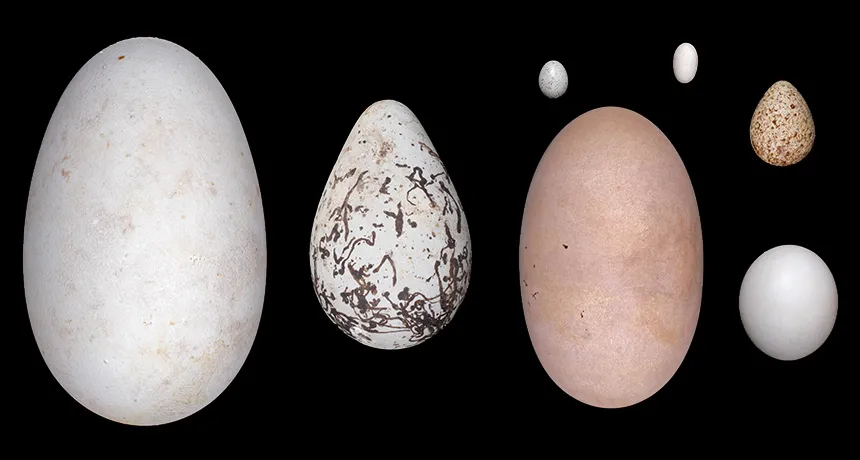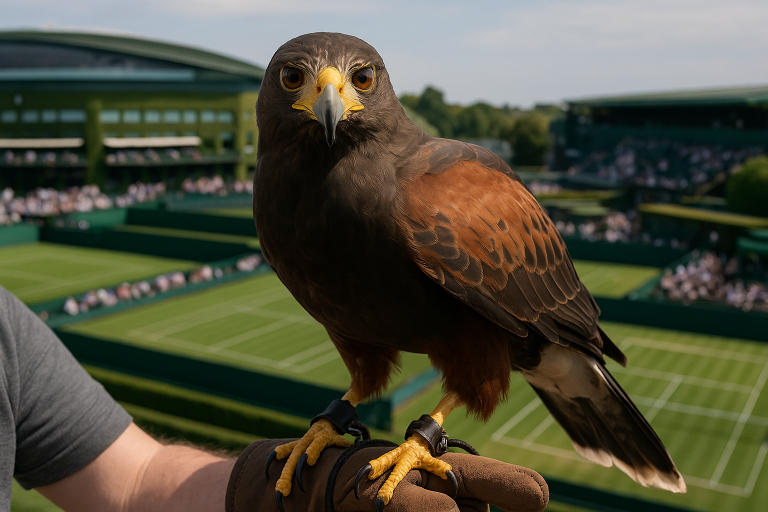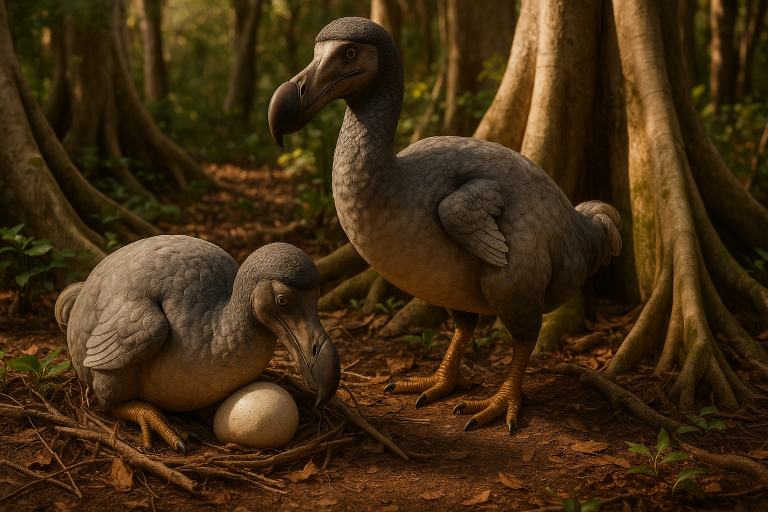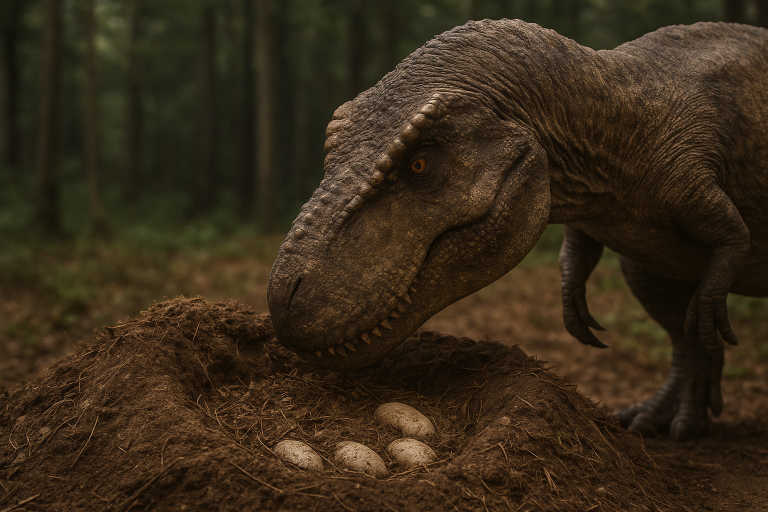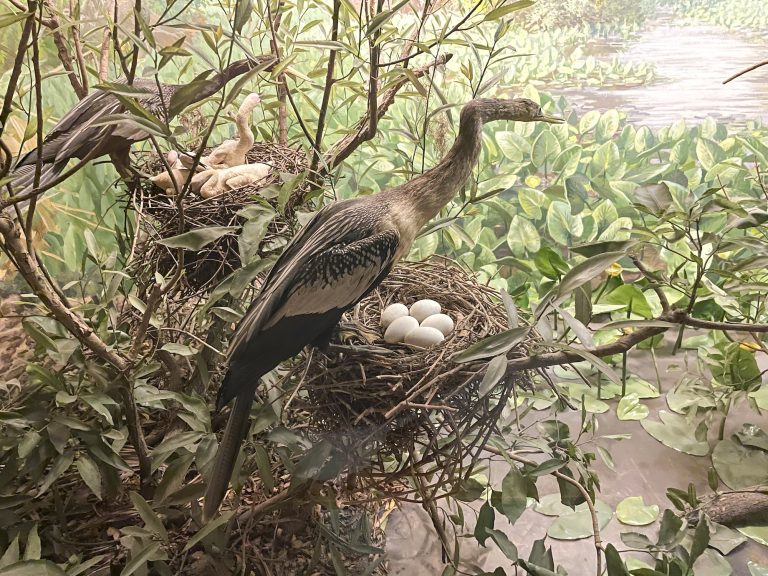The Shape of Eggs: A History of Research, Hypotheses, and a Modern Breakthrough
The egg, an ancient and essential form of life, has fascinated naturalists, artists, and scientists for centuries. Among vertebrates, birds produce the most visually and structurally diverse eggs, ranging from nearly perfect spheres to sharply pointed ellipsoids. But why are bird eggs shaped the way they are? What evolutionary forces molded their geometry? And what physical processes produce such shapes inside the bird’s body?
For much of history, answers to these questions were shaped more by speculation than data. But in 2017, a team of scientists led by Mary Caswell Stoddard brought new clarity through a landmark paper in Science. By combining a massive comparative dataset with physical modeling and evolutionary analysis, the authors not only explained how eggs are shaped but also revealed a surprising link between egg form and flight efficiency.
This article traces the long and often contradictory history of hypotheses about egg shape, from 19th-century naturalists to 21st-century simulations, and shows how the Stoddard study reshaped our understanding of a form so seemingly simple, yet profoundly shaped by the laws of physics and evolution.
Early Observations and Classic Hypotheses
The “Roll-in-a-Circle” Theory
One of the earliest and most enduring ideas about egg shape dates to the 19th century: the cliff-nesting hypothesis. Observing the sharply pointed eggs of birds like murres and guillemots, early ornithologists proposed that conical eggs evolved to roll in tight circles rather than in straight lines thus preventing them from falling off rocky ledges.
While intuitively appealing and popularized in field guides and textbooks, this explanation lacked experimental support for over a century. It also did not account for the fact that many pointed eggs are laid by birds that don’t nest on cliffs at all.
Clutch Geometry and Nest Economy
In the 20th century, several researchers proposed that egg shape evolved to optimize space in the nest. In this view, more pointed or elliptical eggs could “pack” more efficiently when incubated by a parent bird, especially in species with large clutches. This clutch-packing hypothesis was supported by basic geometrical reasoning, but comparative tests across species were rare.
Closely related to this was the incubation efficiency hypothesis, which proposed that egg shape improves heat transfer and contact with the brooding parent. These ideas made ecological sense, but they assumed an optimal nesting geometry without measuring real-world outcomes.
Strength and Structural Integrity
Another group of theories emphasized structural strength. The sphere is the strongest shape in nature under uniform pressure, and spherical eggs may better resist damage from jostling or external force especially in ground-nesting species. Spherical shapes also have the lowest surface area to volume ratio, which could reduce shell-building costs or water loss.
Conversely, elongated eggs may be more vulnerable to cracking unless structural adaptations reinforce the shell. This led to the idea that environmental pressures, such as debris in the nest or colonial breeding, might favor certain forms to minimize breakage or contamination, especially around the blunt end where chicks typically emerge.
Development and Gas Exchange
In the 1990s and early 2000s, researchers began to look inside the egg itself. Some proposed that asymmetry might enhance embryonic respiration, as the blunt end of the egg, often where the air cell forms, could support denser pore networks for gas exchange. This could aid in brain development in precocial species, where chicks hatch fully mobile and alert.
This theory linked shape to embryonic function, but like others before it, was difficult to test across thousands of species without standardized measurements.
Toward a Data-Driven Synthesis
By the early 21st century, it was clear that no single hypothesis could explain the wide variation in bird egg shapes. Researchers increasingly recognized that multiple pressures including nesting ecology, development, materials, and anatomy likely interact to influence form.
But there were major obstacles to testing these ideas:
- Lack of standardized measurements across species
- Poor integration between physics and biology
- Few attempts to model how eggs are physically formed in the oviduct
- No global, phylogenetically controlled dataset of egg morphology
That changed in 2017.
The Stoddard et al. Study: Scale, Simulation, and Surprises
In their paper, “Avian egg shape: Form, function, and evolution”, Mary Caswell Stoddard and colleagues brought together data, modeling, and evolutionary analysis in an unprecedented way. The team measured over 49,000 eggs from 1,400 bird species, nearly 14% of all known species. They characterized egg shapes using two key variables:
- Ellipticity (the extent to which an egg is stretched)
- Asymmetry (how much one end is more pointed than the other)
They then mapped these shapes into a 2D morphospace, a graphical model showing how different species cluster along dimensions of form. Contrary to expectation, the common “chicken egg” shape was not central. Many bird lineages converged on eggs that were more elongate or more symmetric than the domestic standard.
A Mechanical Model of Egg Formation
The researchers developed a biophysical model showing that egg shape is determined in the oviduct, before the hard shell forms, by the flexible shell membrane. As the membrane is deposited, it is shaped by:
- Internal pressure from fluids and yolk
- Variations in membrane stiffness and thickness
- Muscle contractions in the oviduct
By altering only two variables, membrane pressure and material distribution, the model could produce nearly all known egg shapes. This major advance showed that simple physical processes could explain complex biological diversity.
Flight Ability: A Hidden Driver of Form
Perhaps the most surprising discovery came when the researchers tested traditional hypotheses (clutch size, nest type, developmental mode) against egg shape at a global scale. None held up consistently.
Instead, the strongest predictor was flight ability, measured by the Hand-Wing Index (HWI), which reflects wing pointedness and flight efficiency.
Species with more aerodynamic wings, i.e. strong fliers like swifts and shorebirds, tended to lay longer, more asymmetric eggs. The researchers proposed that this reflects anatomical constraints. Streamlined bodies and narrow pelvic openings leave less space for wide eggs, favoring elongation and asymmetry to preserve egg volume.
This pattern held across many bird groups and helped explain exceptions too. For example, penguins, which are flightless but have similarly constrained, streamlined bodies for swimming.
A New Understanding of Egg Shape
The Stoddard et al. study offered a new paradigm:
- Egg shape is mechanically formed in the oviduct by membrane properties and pressure.
- Egg shape is constrained and shaped by anatomy—particularly adaptations for flight.
- Ecological factors like nesting or clutch size may matter secondarily, but are not global predictors.
Their work also connected evolutionary history with physical process. Some theropod dinosaurs laid asymmetric eggs, suggesting early origins. The loss of a second ovary and narrowing of the pelvis in early birds may have co-evolved with flight and egg shape.
While the study was comprehensive, it also raised new questions:
- How do egg shapes vary during development within a species?
- How do genes and hormones influence membrane properties?
- Could we predict changes in egg shape in response to evolutionary pressures?
For now, Stoddard’s work stands as a benchmark in cross-disciplinary biology merging evolution, biomechanics, and big data to solve a mystery hidden in plain sight.
Source
Mary Caswell Stoddard et al., Avian egg shape: Form, function, and evolution. Science356,1249-1254(2017). DOI:10.1126/science.aaj1945

